Blog & Latest Updates
Fly Fishing Articles
Insects by Common Name


> > Pine Creek Ephemerellid, Page 2
Crepuscular has attached these 5 pictures. The message is below.
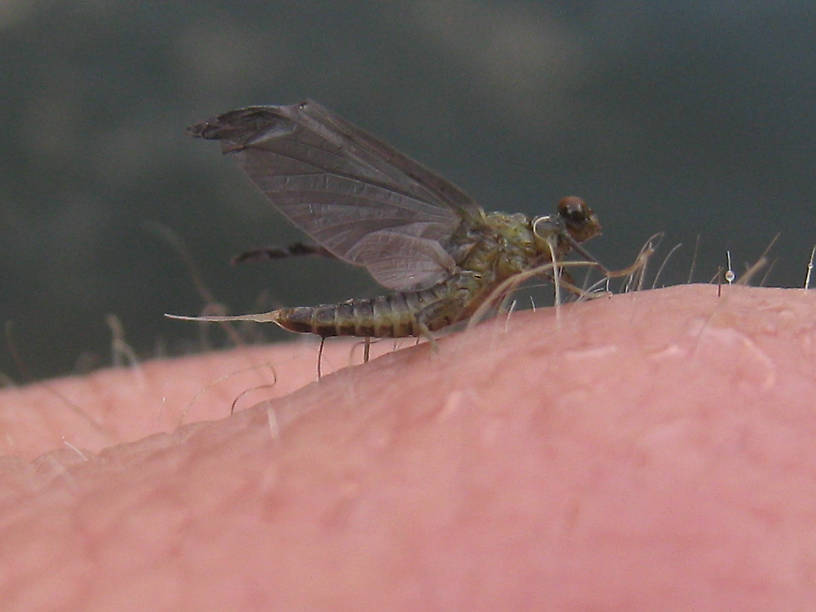
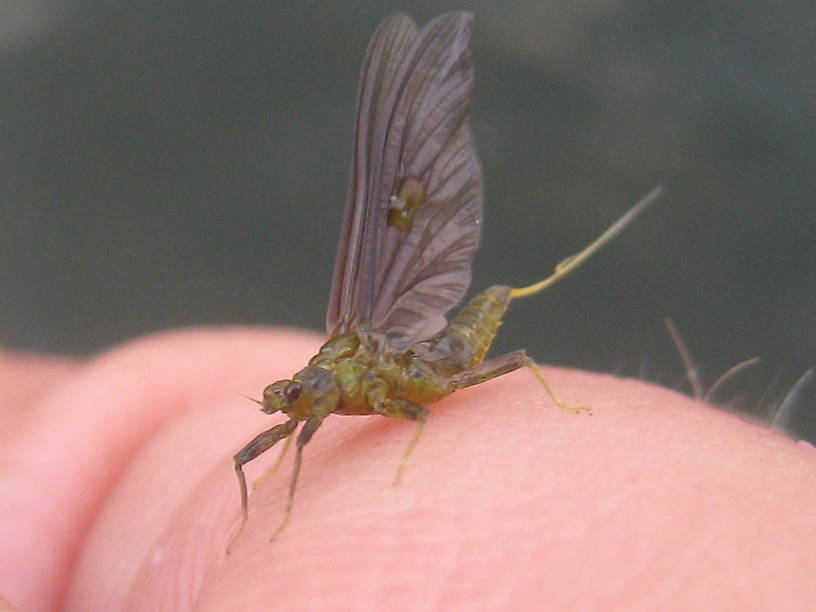
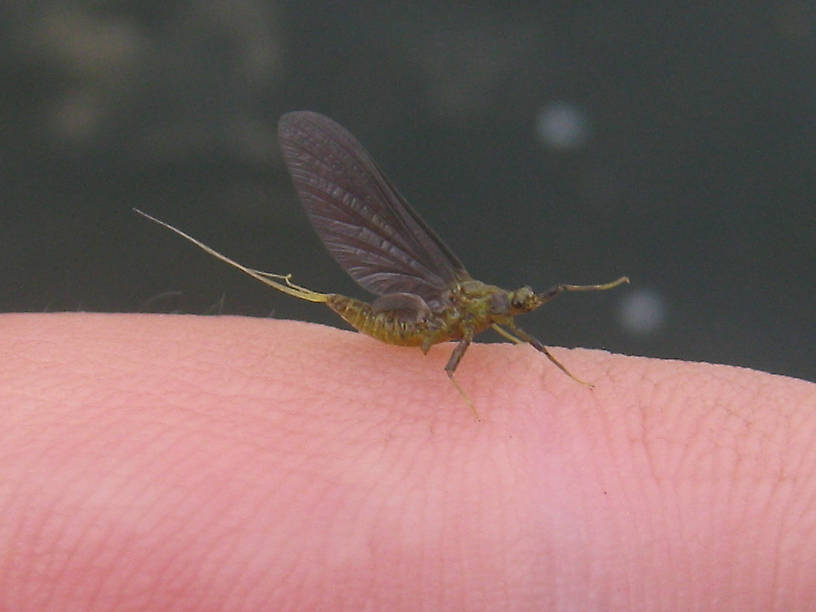
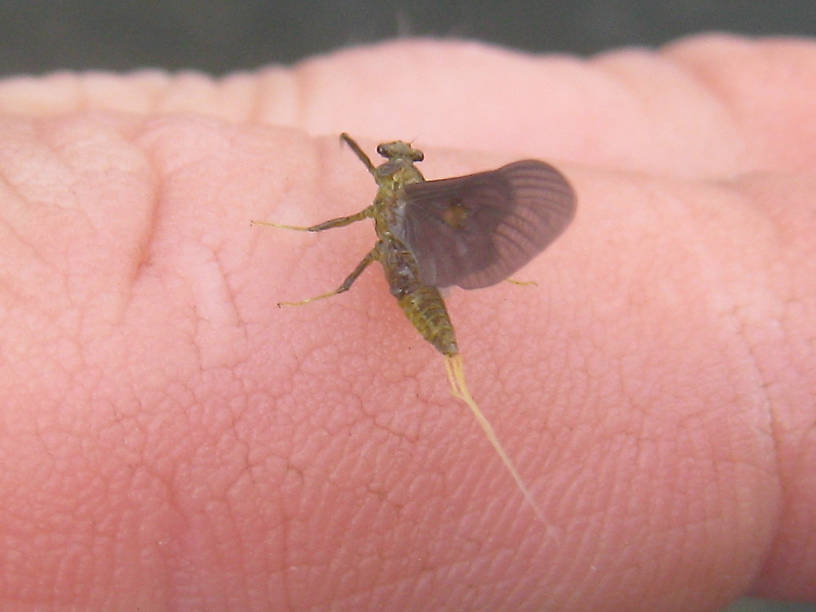
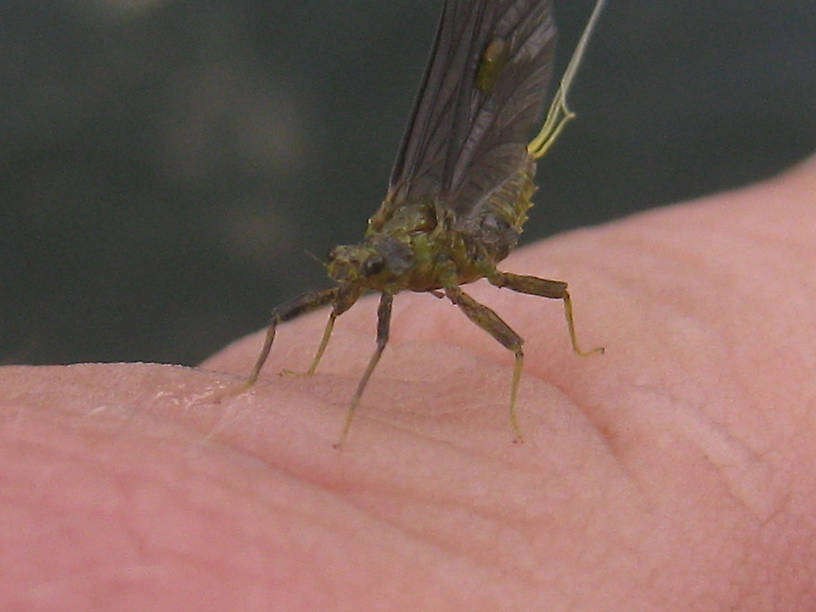
| Konchu | May 30th, 2012, 8:11 pm | |
Site Editor IndianaPosts: 505 | Sorry to change the subject to fishing. Shame on me. I'll get to your bug questions, i have not forgotten, but want to give them the time and thought they deserve. That might be next week, at the rate this week is going. I also want to check some things to be sure of what I'm thinking. | |
| Entoman | May 30th, 2012, 8:38 pm | |
| Northern CA & ID Posts: 2604 | Sorry to change the subject to fishing. Shame on me. Ha! We should all be ashamed then...:) Thanks, Luke. I'm just really interested in your input on this topic and used the change as an excuse to harangue you for it. See what you get for hanging around a bunch of bug obsessed fly fishers? Well, some are obsessed more than others, I suppose...:) | |
| "It's not that I find fishing so important, it's just that I find all other endeavors of Man equally unimportant... And not nearly as much fun!" Robert Traver, Anatomy of a Fisherman | ||
| Wiflyfisher | May 30th, 2012, 9:01 pm | |
| Wisconsin Posts: 663 | Eric, yesterday I tied up a knockdown sulphur dun to provide the same profile as the twisted wing/hackle fly you describe above. I used one burned hen hackle tip for the wing. I also bent the hook as in Galloup's bent hook spinners. I'll give it a test and if it works be tying some more. Here's a site that shows Galloup's flies; my fly looks a lot like them, but with a burned wing: Louis, that is similar to my sulphur emerger I am tying...  | |
| John S. https://WiFlyFisher.com | ||
| Martinlf | June 1st, 2012, 11:11 am | |
Moderator Palmyra PAPosts: 3233 | Good looking fly, John. You're bending your hook up, as Weamer does for his signature flies, but I like the bigger gap and shorter shank of your fly as opposed to the Daiichi/Weamer hooks, which to me have too little gap and too long of a shank. I've also talked to others who have trouble hooking fish with the Daiichi hooks. I'm sure yours works very well. Galloup bends his spinner patterns to the side, though. Also see Spence's Brown Drake comment in the cripples and spinners thread, which is in line with Galloup's approach. | |
| "He spread them a yard and a half. 'And every one that got away is this big.'" --Fred Chappell | ||
| Oldredbarn | June 1st, 2012, 12:59 pm | |
| Novi, MI Posts: 2608 | I know nothing about "Pine Creek" and we are a bit screwed up this year in terms of emergences etc...In normal times here it would be too early for D lata...On first blush I might say D lata here, but have you eliminated E needhami? If it is still listed as such. :) It is still too early for this bug as well, but who knows these days. Leonard: "Subimago: General impression is of a brownish-olive insect with blue-black wings and olive legs, and tails paler than the body." Size is similar to D lata. Spence | |
| "Even when my best efforts fail it's a satisfying challenge, and that, after all, is the essence of fly fishing." -Chauncy Lively "Envy not the man who lives beside the river, but the man the river flows through." Joseph T Heywood | ||
| FisherOfMen | June 1st, 2012, 3:42 pm | |
| NY Posts: 115 | How do you guys catch so many bugs? Yesterday I was drawing stares running around the river lashing out at tiny little bugs, couldn't catch even one! | |
| "Nothing makes a fish bigger than almost being caught." -Author Unknown All that is necessary for the triumph of evil is that good men do nothing. -Edmund Burke | ||
| Martinlf | June 1st, 2012, 5:23 pm | |
Moderator Palmyra PAPosts: 3233 | Small aquarium net. | |
| "He spread them a yard and a half. 'And every one that got away is this big.'" --Fred Chappell | ||
| Oldredbarn | June 6th, 2012, 8:13 pm | |
| Novi, MI Posts: 2608 | Kurt must be out fishing or he would of told me already why E needhami was wrong and I was pulling it out of my butt! :) I didn't want this to fall off the chart without some comment. Spence | |
| "Even when my best efforts fail it's a satisfying challenge, and that, after all, is the essence of fly fishing." -Chauncy Lively "Envy not the man who lives beside the river, but the man the river flows through." Joseph T Heywood | ||
| Entoman | June 8th, 2012, 3:30 am | |
| Northern CA & ID Posts: 2604 | Kurt must be out fishing... Yep... In the wilds of Idaho since last Thursday with no computer access and limited cell coverage. I wouldn't accuse you of pulling an ID from anywhere, even if I thought it might be true. ;) Size is right for E. needhami (Little Dark Hendrickson), but little else, IMHO. The femora are too dark and thick and the bodies are too green w/ yellowish highlights and stocky. My best guess is still D. lata. Be back home next Tues. | |
| "It's not that I find fishing so important, it's just that I find all other endeavors of Man equally unimportant... And not nearly as much fun!" Robert Traver, Anatomy of a Fisherman | ||
| Oldredbarn | June 8th, 2012, 3:43 pm | |
| Novi, MI Posts: 2608 | Well mister...You better bring some pictures home to share! You can get out the vasoline and smudge up the edges like Matt does to protect your honey holes...:) Didn't they do that sort of thing in Playboy magazine in the early days? Maybe thats where he got the idea...;) Spence Leonard: "Subimago: General impression is of a brownish-olive insect with blue-black wings and olive legs, and tails paler than the body." | |
| "Even when my best efforts fail it's a satisfying challenge, and that, after all, is the essence of fly fishing." -Chauncy Lively "Envy not the man who lives beside the river, but the man the river flows through." Joseph T Heywood | ||
| GONZO | June 10th, 2012, 10:49 am | |
Site Editor "Bear Swamp," PAPosts: 1681 | Just a thought, Eric, but I'm leaning toward Drunella tuberculata (or perhaps D. walkeri) for your "Pine Creek Ephemerellid." All of the femora are relatively broad (as they are in the nymphs of these species) and they have the black speckling that is sometimes used (Allen and Edmunds, 1962) as a keyed trait for these species. For comparison, Dr. Chandler of UNH has a fine photo of a tuberculata dun on his Discover Life website (Aquatic Insects of New Hampshire) that not only shows these traits, but also has rather prominent lateral projections along the body. Kurt: In addition, the black spots clearly visible on the male sub's hind femora is a key character used to determine lata. Can you cite a source for this? The adult key in A & E (mentioned above) uses this trait to lead to tuberculata and walkeri, but not lata (which is taken out prior to that couplet). The only reference I can find to possible distinguishing markings on the femora of (adult) lata refers to "femora often with longitudinal red streak on dorsal surface" (Funk, 2008). | |
| Entoman | June 10th, 2012, 3:06 pm | |
| Northern CA & ID Posts: 2604 | Gonzo!! Welcome back, my friend. You've been severely missed during this year's ski hiatus! :) As to the bug in question, I'm on a trip, but I believe the source I was referring to is the same doc you mentioned. I do remember focusing on lata vs. cornutella. If I also remember right, the way I interpreted the keys lata may or may not have spots on the hind femora while cornutella definitely doesn't. Since the specimens clearly have spots I went with lata. Is it your experience that this spot character is also lacking in lata? For reasons I can't remember, tuberculata/walkeri weren't considered until Konchu posted (perhaps size?), which prompted me to throw them into the mix. | |
| "It's not that I find fishing so important, it's just that I find all other endeavors of Man equally unimportant... And not nearly as much fun!" Robert Traver, Anatomy of a Fisherman | ||
| GONZO | June 10th, 2012, 6:02 pm | |
Site Editor "Bear Swamp," PAPosts: 1681 | Hi Kurt,Is it your experience that this spot character is also lacking in lata? Yes, but my experience isn't definitive. However, because lata is taken out of the A & E key before the couplet that contrasts cornutella (without black femoral spotting) to species with the spotting (tuberculata/walkeri), saying that black spotting on the hind femora is "a key character used to determine lata" seems unfounded. At that point, the key says nothing about lata, one way or the other. (See the suggested revision of the A & E key found in Funk 2008. In the revised key, cornutella is contrasted to lata--in part--due to the absence or presence of red longitudinal streaks on the femora.) As for size, tuberculata and walkeri are pretty close to or slightly smaller than cornuta. Eric says that he was calling these specimens cornuta at first, but most mainstem northern tier freestone streams in PA saw cornuta emerge around the end of April this year--a full month ahead of their "normal" emergence (usually around or about Memorial Day). ...just my take on the topic, FWIW. | |
| Entoman | June 12th, 2012, 9:05 pm | |
| Northern CA & ID Posts: 2604 | Gonzo - Well, I'm back and had a chance to review this one. The A & E '62 Drunella paper was the one I was referring to. ...because lata is taken out of the A & E key before the couplet that contrasts cornutella (without black femoral spotting) to species with the spotting (tuberculata/walkeri)... As you have rightly pointed out before, a species identified earlier in a key doesn't necessarily mean it lacks characters mentioned later. Your extensive personal experience with lata was the reason I asked you about it. I hoped perhaps you had seen them (spots) before. ...saying that black spotting on the hind femora is "a key character used to determine lata" seems unfounded. You are absolutely right. Thank you for pointing out the misleading hyperbole. My bad... I edited the poorly phrased text in question so that it more accurately reflects both the keys and the point I was trying to make. As for size, tuberculata and walkeri are pretty close to or slightly smaller than cornuta. Yes, that is my understanding as well (at least with tuberculata). Now that I'm back home, I can see that was the reason why I originally ruled them out as an option. Perhaps you missed earlier in this long thread where we discussed size. Assuming Eric is right in his estimates and my perception of the photos is accurate, these little guys are 7mm or so, perhaps even a little smaller. Isn't that way too small for either cornuta or tuberculata? Can lata have femoral spots? Can walkeri be that small? If both are possible, would either character have more significance? Lacking definitive answers to these questions (or a good look at the male private parts), it's a tough call for me. I'm still leaning towards lata though, over size... :) | |
| "It's not that I find fishing so important, it's just that I find all other endeavors of Man equally unimportant... And not nearly as much fun!" Robert Traver, Anatomy of a Fisherman | ||
Quick Reply
You have to be logged in to post on the forum. It's this easy:
Related Discussions
Troutnut.com is copyright © 2004-2024 Jason
Neuswanger (email Jason). See my FAQ for information about use of my images.
 privacy policy
privacy policy





